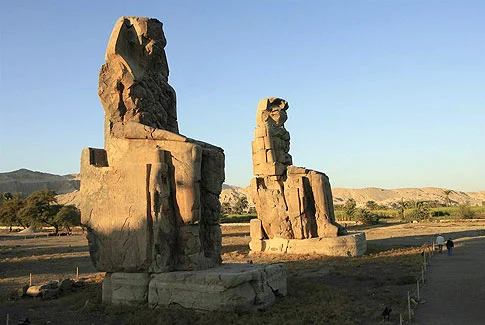Is This the Lost Pi-Ramesses Egyptian City?

In 1941, the unveiling of a dozen royal Egyptian tombs at the ancient city of Tanis in the Nile Valley captured the imagination of archaeologists. French Egyptologist Pierre Montet’s discoveries hinted at the possibility that Tanis might be the long-sought Pi-Ramesses. The site boasted granite blocks inscribed with the royal cartouche of Ramses II, signifying its historical significance. The grandeur extended to a giant temple’s half-buried ruins, which earlier archaeologists had stumbled upon. The city’s allure deepened with the unearthing of gold vessels and a silver coffin within the tombs. As the narrative unfolded, Tanis appeared to be a pivotal part of Ramses II’s legacy.

The assumption gained traction as the sprawling site showcased colossal statues, including the impressive Colossus featuring Ramses II in person. Montet’s remarkable finds seemed to solidify Tanis as the lost city of Pi-Ramesses II. However, the prevailing theory faced a setback with emerging evidence, throwing the pursuit of Ramses’s Lost City into renewed uncertainty. The ongoing exploration at Tanis, with its granite blocks echoing the past, continues to be a captivating archaeological saga, prompting scholars to reassess the historical puzzle of this intriguing ancient city.
